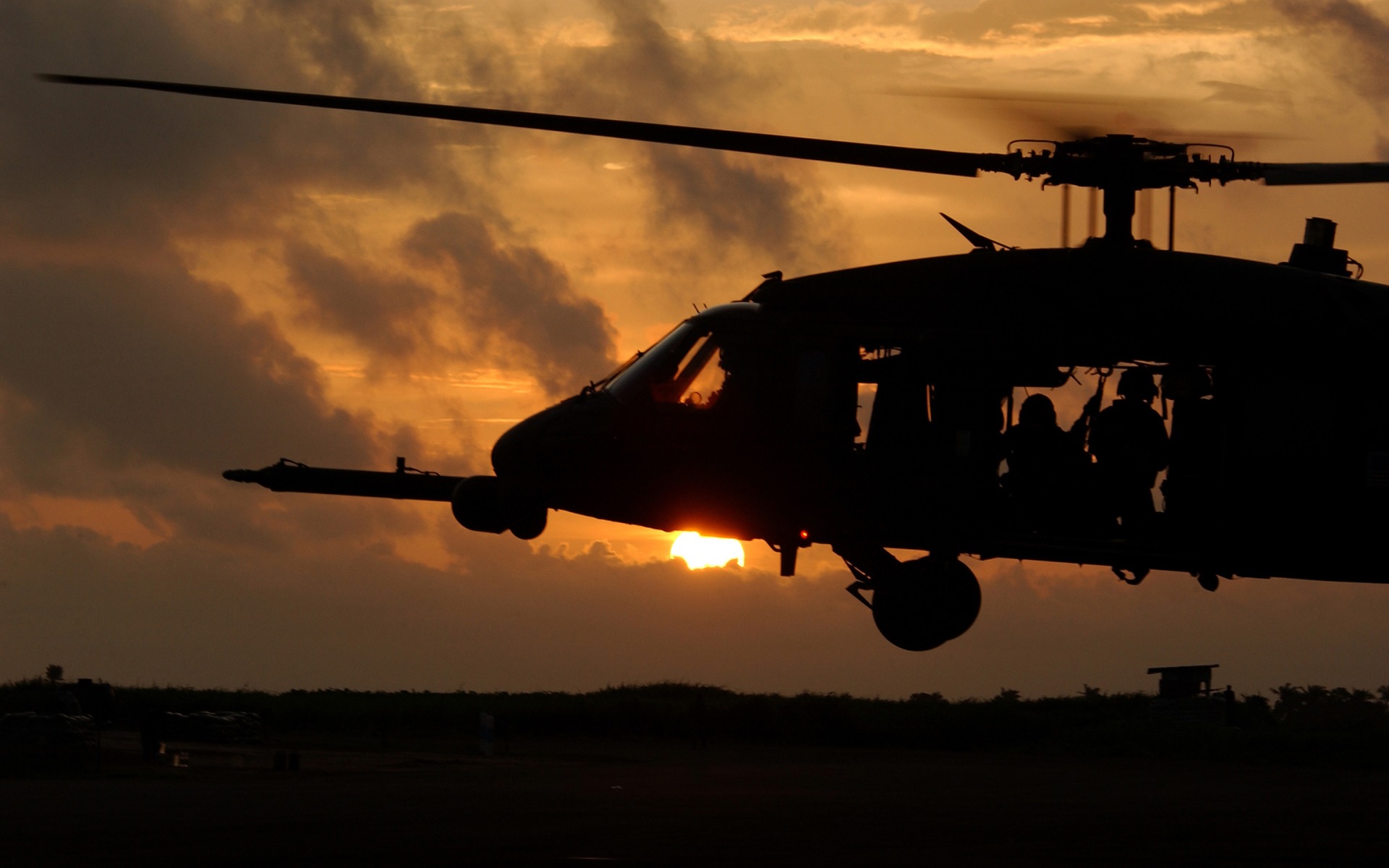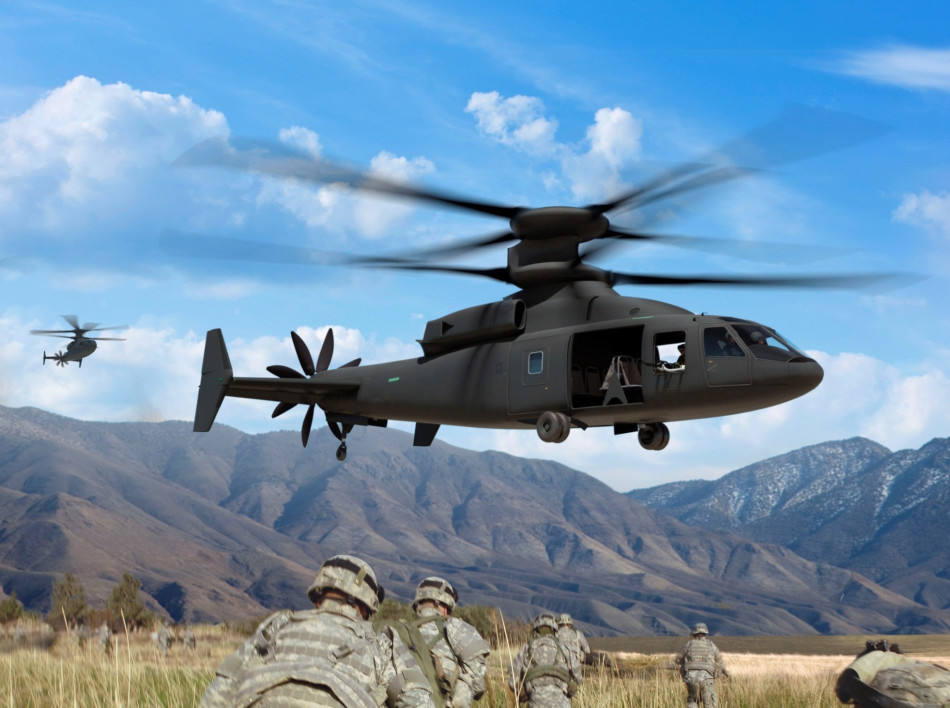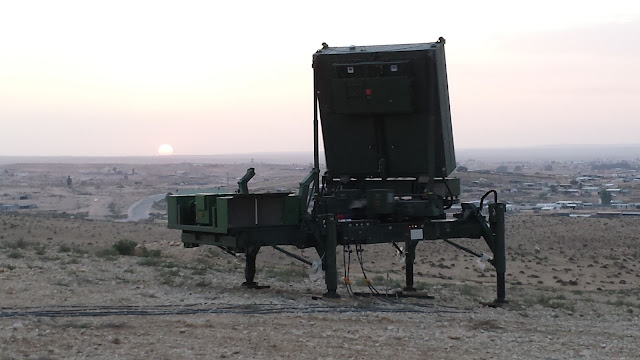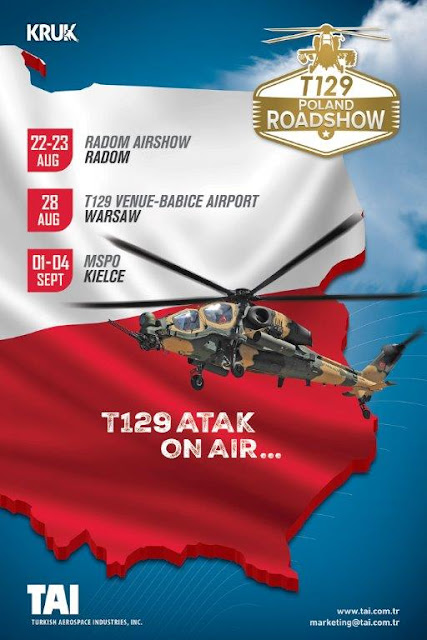At
RUAG Defence’s annual Impulstag (Stimulus Day) in Thun, Switzerland, the company on 21 August demonstrated their expertise to customers, the armasuisse, and journalists.
![]() |
| RUAG Defence’s laser-based firing simulators (LASSIM) mounted on a PIRANHA, only shown to journalists a day before the Impulstag. (Photo: Mönch/DPM) |
Effectiveness is the foundation of all mission critical communication, especially in the combat arena where flexible and reliable tactical communication infrastructures must, without fail, allow the necessary coordination between fixed and mobile headquarters with mobile field personnel and their equipment.
RUAG’s tactical communication (TACOM) equipment for network enabled operations allow military and homeland security organisations to rapidly deploy a communications infrastructure, to be securely connected, mobile and more effective. The RUAG All-IP access nodes are aligned to the NATO TACOMS architecture for Wide Area, Local Area, and Mobile Subsystems, which includes Radio Access Points along with Interoperability with external public, strategic and legacy networks. RUAG’s product portfolio is built on proven and state of the art technology that has been field tested by several Armed Forces in military environments and by peace keeping forces in multi-national operations.
![]() |
| RUAG's Tactical Communication equipment for network enabled operations allow military and homeland security organizations to rapidly deploy a communications infrastructure, to be securely connected, mobile and more effective. (Graphic: RUAG) |
IMFS (Integrated Military Communications System) is the tactical telecommunication system for voice and data of the Swiss Army. It provides high mobility, robustness through meshed topology, and information security. Introduction of the system took place around 2000, and RUAG is the general contractor on behalf of armasuisse. The central element is the IMFS node which can be equipped with terminal, trunk and IP-router modules. As ordered in 2006, the IMFS is equipped with the Com Rack, which extends the classical IMFS services by advanced features such as the IP adaptation for legacy radios. The Com Rack, which is based on the Tactical openAccess platform of products is available in a 19in variant for installation in containers and wheel-based vehicles and as a ruggedised variant for installation in tracked vehicles.
In the combat arena, where flexible and reliable tactical communication infrastructures are a must, effectiveness is the foundation of all mission critical communication. RUAG’s TACOM experts are highly focused on supporting network enabled operations for defence and security organisations. “
Based on the Tactical openAccess platform our network equipment such as the Tactical openAccess Node, Tactical LAN Switch and Tactical Power Supply Unit allow military and homeland security organisations to be securely connected, mobile and more effective,” a RUAG executive said.
Key to this mobility is the existence of Tactical Telephony Services (TTEL). This allows the building of a distributed telephony system, whereby the directory can be decentralised and support full user and subnet mobility. This makes a user always individually reachable with the same number, wherever they physically are in the network. TTEL provides seamless voice communications across legacy networks be they military Eurocom networks, analogue radio or digital telephone networks and their functionalities, as well as the modern SIP based VoIP networks. Now prioritisation has been added to the features of the TTEL, providing added functionalities to support communications during crisis and emergency operations. The open platform approach of RUAG also provides customers with flexibility through the easier integration of third party applications.
RUAG’s product portfolio is built on proven and state-of-the art technology which has been field tested by several defence forces in military environments and by peace keeping forces in multi-national operations. Today these solutions form the backbone of tactical communication infrastructures that deliver the highest standards of performance and reliability demanded by national and international military, peace-keeping and crisis management operations.
Earlier in 2015, RUAG has revealed its intention to satisfy symmetric and asymmetric threats to armoured vehicles as the future operating environment shifts to a more hybrid type of warfare.
RUAG Defence is having much success on the international market with its ballistic protection technology. The Swiss have been active in the protection market since the 1980s building it as a side business out of their knowledge of ammunition manufacture. The key to their success is being able to pull together skills and experience from diverse fields like; material technology, environmental conditions, testing, prototyping, simulation and production. According to
RUAG Defence’s CEO, Dr. Markus A. Zoller, the current operational threat continues to evolve with opponents becoming more professional in the execution of tactics, techniques and procedures as well as having access to more powerful weapon systems.
According to Zoller, protection of armoured vehicles must be considered holistically and he used the concept of the
Protection Onion to illustrate this. The outer shell within RUAG’s sphere of solutions, comprises unmanned technology in a bid to take the man out of physical danger; followed by intelligence for ISTAR systems and protection against cyber-attacks; active protection against rockets and mortars; and finally the core, comprising passive protection. “
Protection has to be considered holistically across the four shells and RUAG can address it as an upgrader and as a provider of protection systems,” Zoller proclaimed.
Also earlier this year, RUAG announced that in a joint procurement effort, Austria (lead) and Belgium have awarded RUAG Defence a contract to upgrade their fleet of PANDUR I with ballistic protection kits. All five variants of the PANDUR I will be upgraded with mine-, IED- and ballistic protection. The realisation of the project will start this spring and will be finished by the end of 2020, which could come up to 130 kits.
![]() |
| RUAG Defence, the strategic partner of international land forces, is continuing to develop its business in the field of ballistic protection systems. In a joint procurement effort, Austria and Belgium have awarded RUAG Defence to upgrade their fleet of PANDUR Is with ballistic protection kits. (Photo: RUAG) |
The solutions comprise further developments of RUAG’s existing portfolio of passive protection systems, which include the RoofPRO, SidePRO, MinePRO family of systems, designed to protect medium-sized armoured vehicles from RPGs, IEDs, and small arms; as well as hanged seats and a double bottom.
- SidePRO-KE/IED is a highly engineered, fully integrated, modular polyvalent composite protection system that utilises a variety of advanced lightweight materials for direct application on armoured vehicles. SidePRO-KE/IED meets current threat level protection requirements.
- MinePRO is a lightweight, blast and EFP resistant, easy to mount armour plate based on state-of-the art technology to ensure the safety of the crew. Further, all other subsystems of the vehicle such as stowage, seating for crew, driver and commander shall be evaluated, improved, reinforced or replaced.
RUAG currently is testing and qualifying protection against 40m threats, while internationally bidding on ramping up on vehicle defence via polyvalent protection solutions.
In August, RUAG announced selling eight SidePRO-KE kits to the Irish Navy, protecting machine gun mounted stations. Two ships will be equipped with four kits each, protecting machine gun marksmen.
A current project involving upgrading the protection on the PANDUR has only been made possible due to RUAG Defence’s ability to develop protection technology and also integrate it onto and into vehicles. This requires a large amount of vehicle knowledge and engineering knowhow to understand how best to protect the vehicle and ensure it will still perform as needed. RUAG Defence achieve this by using a strict and thorough development plan including; reengineering of the vehicle, protection solution integration, qualification of each protection element, improvements and then finally qualifying the vehicle as a whole.
Furthermore, the
retrofittable VERO Kit unmanned technology, which can be adapted to turn any type of vehicle into an optionally-driven platform, was explained. A series of cameras and sensors, along with RUAG software, allows a vehicle crew to dismount and remotely control the platform, while constantly scanning a designated area and relaying that information back to a central control station. The obstacle avoidance system will be ready by October 2015.
![]() |
| RUAG VERO kit. (Photo: RUAG) |
Also ready in October will be the
RUAG Cyber Training Range in Lange, Switzerland, which allows a realistic cyber warfare training environment to improve the cyber awareness and readiness of cyber defenders via RUAG Training Support Cyber (RTS-C). The RTC-C provides its users with authentic, hands-on training in a controlled environment, using real-world cyber threats. While practicing, users gain practical knowledge as they are required to handle actual cyber-attacks, based on most recently discovered threats. The RTS-C curriculum covers all aspects of cyber warfare, including threat identification, incident management, mitigation, and forensics. It provides in-depth training on the tools and techniques that are under a team’s command when a real attack actually occurs.
Additionally, RUAG demonstrated its
OSPREY Command Staff Trainer (CST), which meets the challenges and fills the gaps that exist in today’s military training. The OSPREY CST can be used to support the full spectrum of operations — training at all levels, from squad leader through division commander. Whether training for regular or irregular warfare, border or force protection, civil or natural emergency response, the OSPREY CST provides realistic scenarios to challenge the trainees so they can hone their decision-making and communication skills. The OSPREY CST system allows leaders and their supporting staff to practice planning for and executing training exercises. It provides all the tools required to develop a scenario to meet training requirements on any terrain. Trainees can operate the simulation in standalone and multi-player modes of operation, and can interoperate with other simulations and real-world C2 systems. The OSPREY CST accurately replicates the operational decision-making environment, to create a realistic, yet easy-to-use “experiential learning” environment in the most cost-effective way. RUAG is currently bidding the OSPREY CST in a Swiss tender.
RUAG’s live training solutions cover everything from individual soldiers through to complex MOUT (Mobile Operations in Urban Terrain) installations. The foundation of RUAG’s offering is the
GLADIATOR Man Worn Unit. It comprises of a helmet unit, an integrated harness unit and a laser unit. Together they enable fire and movement training for individual soldiers through to a whole brigade. Participants learn using GLADIATOR personal weapon handling, individual and group ground tactics and operational techniques. In 2013, RUAG acquired GAVAP, and thereby the Small Arms Training Simulator for the French Army, Air Force and Navy (
SITTAL New Generation), which was also exhibited at the Impulstag.
![]() |
| SITTAL NG2 Indoor Simulator for Infantry Light Arms Firing Instruction and Training. (Photo: RUAG) |
The
SITTAL NG2 Indoor Simulator for Infantry Light Arms Firing Instruction and Training provides individual and group training, up to the combat section with 3D virtual environment and real (neutralised) firearms, realistic recoil, and ballistics, used to train soldiers in forward observer, fire direction center and mortar crew skills proficiency. A brand-new version of SITTAL, setting a new standard for realism and tactical scenarios is being deployed on the French forces systems. It includes untethered weapons and Havok’s Vision Engine, which is a complete, end-to-end simulation development framework. Designed specifically for the simulation sector and continually updated for the visual fidelity demands of the commercial games industry, this advanced 3D engine specialises in building highly realistic and dynamic simulation environments so that users can focus on development goals, helping them exceed end user expectations. GAVAP, now RUAG, chose Havok Vision Engine as the development platform for their next generation simulators, because of its quality, performance, modularity and first-class support, according to the company. Havok Vision Engine allowed RUAG to set up some very specific features, was easy to integrate into their development pipeline, and really helped reach an outstanding level of quality, said a RUAG employee. As to future plans, RUAG disclosed they are working on a mobile system (plug & play) and a more intelligent trainer.
Also shown was the
M109 self-propelled howitzer new generation modular upgrade, extending the range, rate of fire, incorporating a new electrical system, with higher operational readiness, and increased mobility and protection. According to the company, the future will hold the integration of modern munition and fuzes like the EXCALIBUR and PGK, while rubber tracks are also being evaluated. Markets of the future include Northern Europe and the UAE.
![]() |
| RUAG offers a modular upgrade for the self propelled howitzer M109 which meets the demands of today's and future battle field. (Photo: RUAG) |









































